Teaching
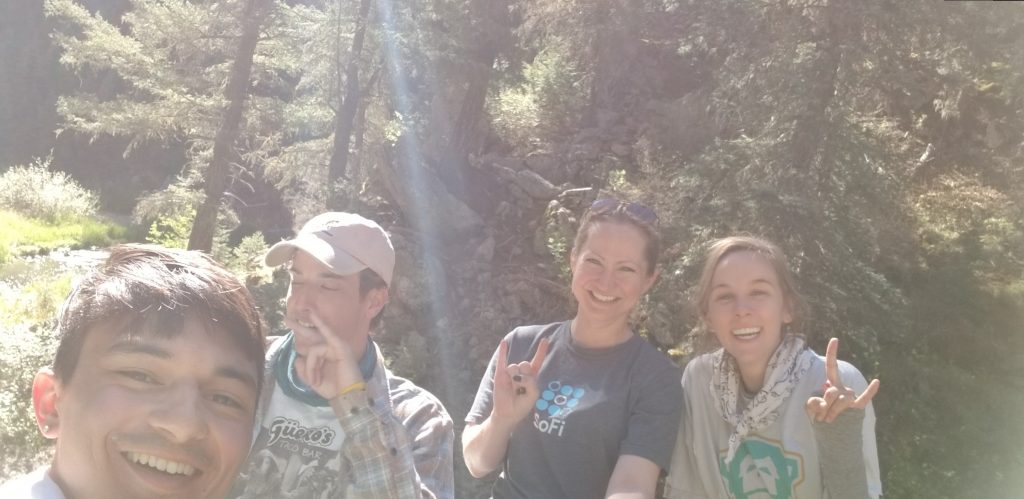
Ecohydrology (Spring Semesters, combined grad/undergrad)
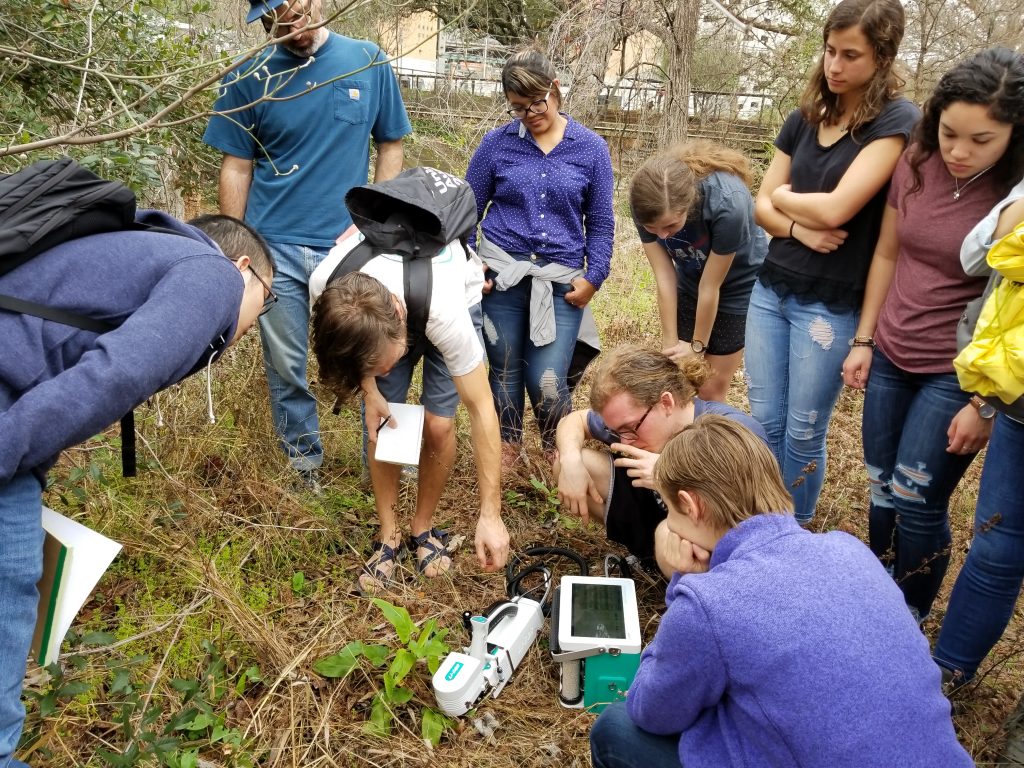
Students in Ecohydrology learn how to measure photosynthesis and stomatal conductance during an outdoor lecture.
This course is about the terrestrial biosphere and way plants and soil influence the hydrologic cycle. We explore water, carbon, and energy fluxes within the Earth system from a hands-on experimental approach and through exposure to land-surface and climate models. (GEO 371T/391)
Physical Hydrology (Alternating falls, combined grad/undergrad)
This course is an in-depth investigation into the math and physics behind hydrological processes. The objectives of the course are: (1) to acquire process-based understanding of physical hydrological processes in order to support further study and (2) to develop quantitative problem solving and scientific communication skills in hydrology and beyond. (GEO 376S/382S)
View Physical Hydrology Syllabus
Introduction to Physical and Chemical Hydrogeology (Alternating falls, undergraduate)
This course is an accessible overview of physical and chemical hydrological processes occurring in nature. The objectives of the course are: (1) To acquire foundational knowledge in the field of hydrology to support further study and develop the vocabulary and skills to communicate about hydrologic principles (2) To develop quantitative and problem-solving skills. (GEO 346C)
Field Methods in Hydrology (Summers, combined grad/undergrad)
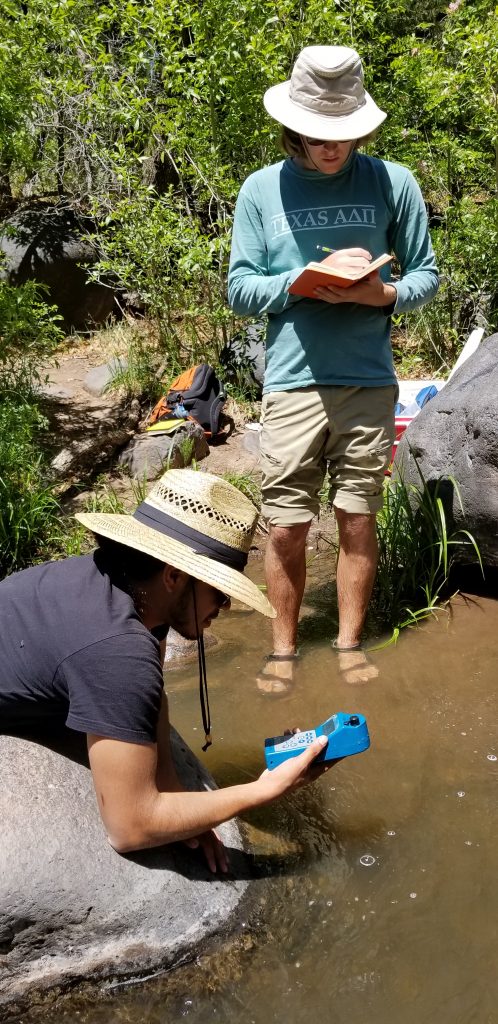
Students in Field Methods in Hydrology measure water quality in the East Fork of the Jemez River in New Mexico.
This course is designed to help students gain experience in different field data collection techniques used in hydrology and hydrogeology, interpret and report field data, work well in a team, and practice safe and effective field operations.
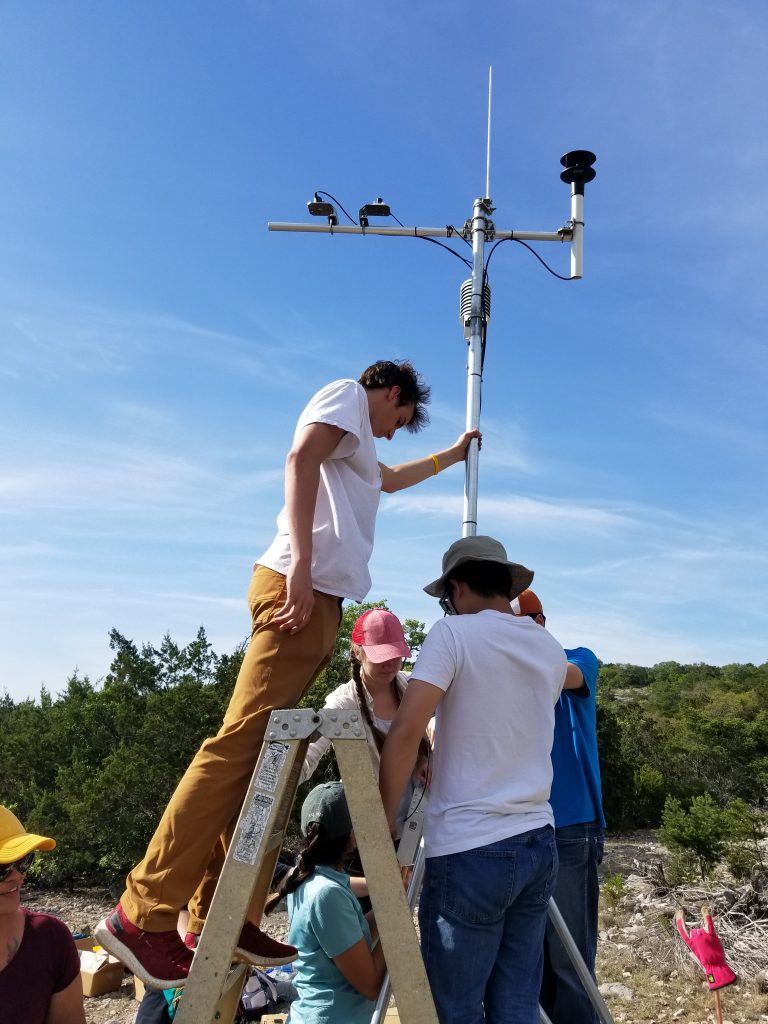
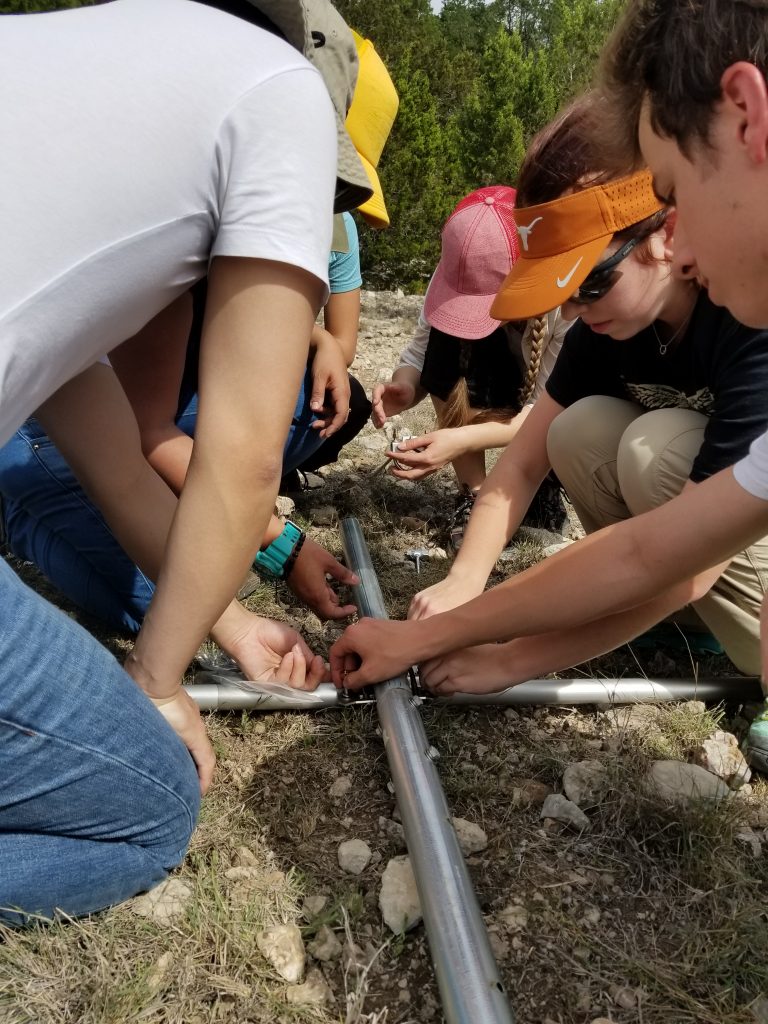
Ecohydrology students build a weather station on a ranch outside of Rocksprings, Texas.

